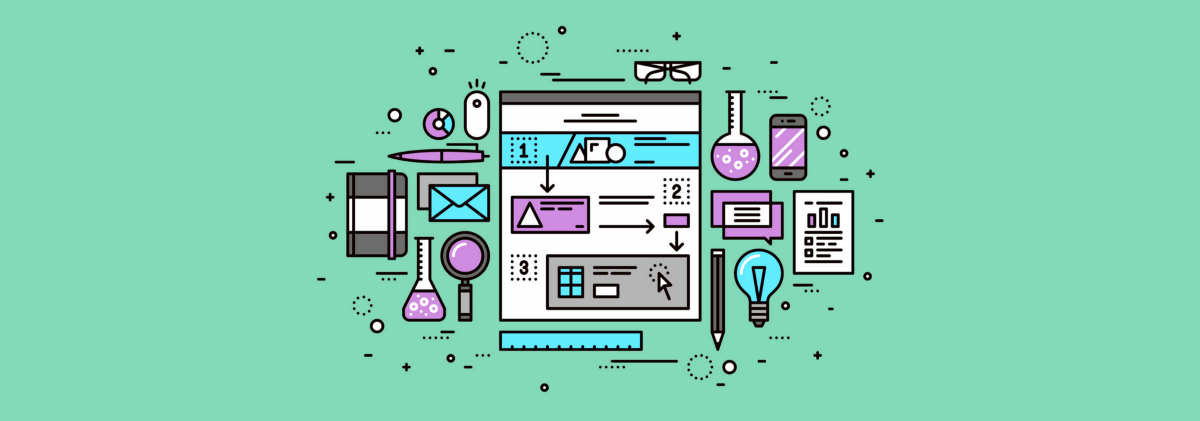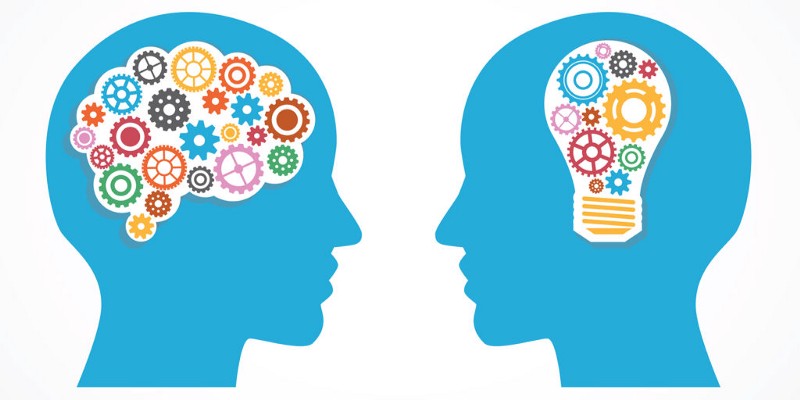
Illustration of design research tools, InVision
In my first story ‘User Experience is …’ I promised that …
"over the course of a few stories, I’ll try and cover a few of the sciences we draw upon in our art as a creative community to create engaging experiences."
And in one of early stories I talked around how important it is that User Experience is … User Research. I wanted to build on that, this time out and develop a slightly different mindset to user research.

Illustration of design research tools, InVision
It’s useful when completing research to separate yourself from what you’re testing. Particularly if you’ve been involved in its creation in any degree. Having an emotional separation from what you’re testing is important to make sure that you really looking for things that are wrong and not just proving you’re right.
Having this impartiality is important to make sure you’re open to all types of feedback from the small tweaks to the earth shattering realisation moments, that shifts your understanding and approach. Pragmatically though this isn’t always possible. It’s rare that I’ve worked with teams who’ve been out to test a product or concept that haven’t been involved in its creation. So it’s even more important, if you have been involved in the creation of what you’re testing, to adopt a different mindset, of trying to find out where we are wrong, not try and prove where we are right.
It’s about trying to find out about how might we be wrong about this?
It’s easy to slip into just gathering what do we need to understand or prove in order to move on. But this can be missing a massive benefit of user research. By asking how and where we might be wrong, it helps to explore the wider problem and the solution that are being tested. This investigation will allow you to prod and poke the little details within the thought process and decision making to see if everything you believe to be true, is and if it stands up by itself.
It’s not just about ticking the box and trying to prove you’re right by surface level, vanity validation, of your thinking, the problem and solution.
It’s not about how can we prove we’re right?

We constantly learn by doing. We work with what we don’t know slowly by pulling in unknown bits or uncertainty and spinning them together with things we do know in order to weave them into more understanding. We have to work with what we don’t know, in order to discover things that we do (now) know.
Not knowing isn’t a bad thing. Scary as it seems it can be at the centre of friction within teams for many. Rearing its head in disagreements and frustration, but it’s part of life. Not knowing isn’t a bad thing, not knowing how to find out might be considered the worst thing in this situation.
We often hold conflicting ideas. As designers, it’s about feeling that tension and making intuitive leaps. Starting with what we know. Strong ideas, held loosely.
We have to work with what we don’t know, in order to discover things that we do know.

As well as trying to find how might you be wrong adopting an always on learning mindset is always useful, so you’re constantly able to absorb new information and aren’t resistant to previously uncovered information and understanding. Having an always on learning mindsets will allow you not only to absorb new information, but also to explore it and work out what part it has to play with anything existing that you’re working with.
Ultimately having a design mindset is about having strong opinions, that are loosely held. It’s about having the confidence and belief in your work, but also understanding that you might not know everything. It’s about being able to adapt if new information that comes to light, which might change the landscape. It’s about being open and adaptable to this change and not being resistant to it. It’s about putting the user first and being data-informed, not data-driven, to make sure the design can solve problems as elegantly as possible.
A lot of the experience and knowledge I’ve been collecting over the past few years, isn’t technical know how or creative craft, but more training myself and my brain to thinking differently and be able to explore different mindsets. Which in my next story I’ll explore a little further along the lines of Design Thinking and if this is something new, or just good creative problem solving?
Originally written as part of the ‘User Experience is …’ series for UX Collective.